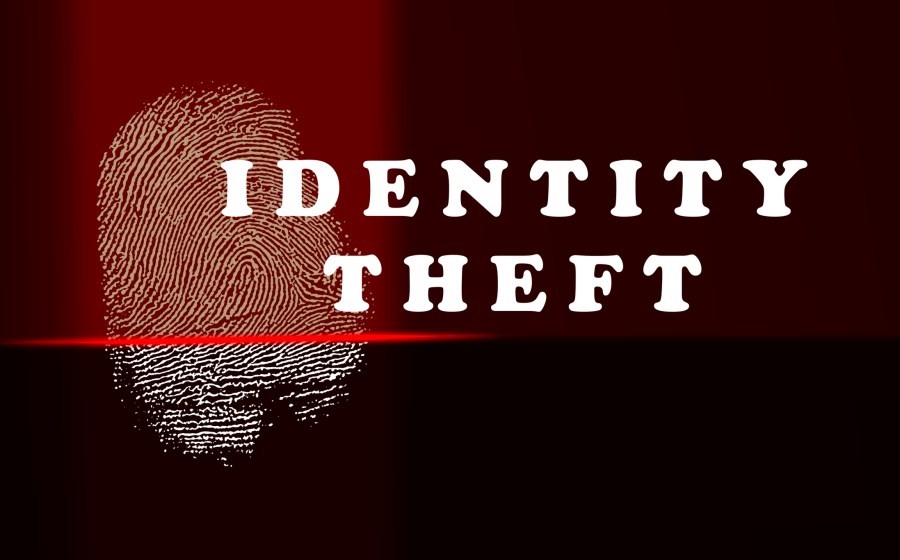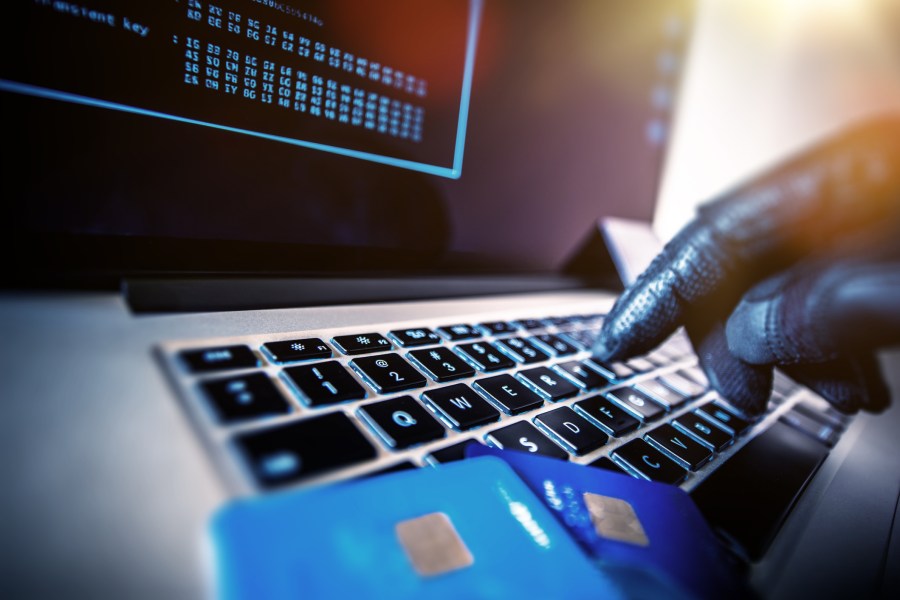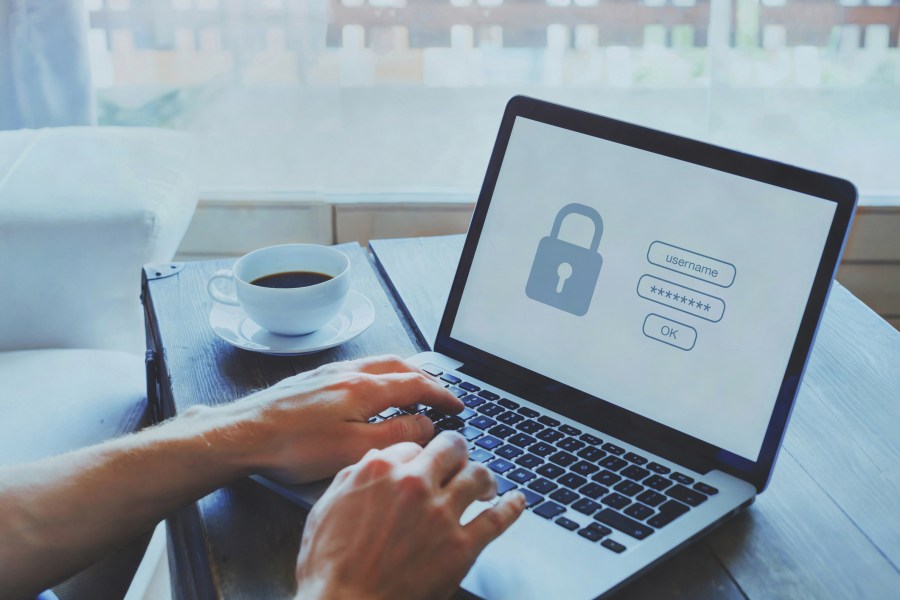
Identity theft is a shockingly common and rapidly growing crime in the United States. Victims of identity theft may have their bank accounts drained or debts accrued in their name. Identity theft can lead to significant financial hardship, ruined credit scores, and more. In 2020, identity thieves also began targeting pandemic relief checks and unemployment benefits provided during the pandemic.
Not all identity theft is financial. There are a variety of types of identity theft, including medical and criminal identity theft. Although identity theft has become a common problem, the good news is that there are ways to reduce your chances of becoming a victim. We’re going to take a closer look at what identity theft is, the different types of identity theft, and how you can protect yourself.
What Is Identity Theft?

Identity theft is the unauthorized use of another person’s personal information to obtain money, goods, or services. Identity thieves typically gain access to personal information by stealing it from people’s wallets, purses, mailboxes, or through computer viruses and hacking techniques. They may also steal credit card numbers by installing malicious software on their victims’ computers or intercepting information sent electronically.
Once they have obtained someone’s personal information, identity thieves will often use it to open new credit card accounts in the victim’s name, run up debts on those accounts, and then disappear without paying the bills. The stolen information may also be used to obtain driver’s licenses, social security numbers, and other documents that can be used to assume the victim’s identity.
Different Types of Identity Theft

Most people believe that identity theft only happens when your social security number is used to open a new credit line or when someone impersonates you with a fake ID. In reality, identity theft is a broad term that encompasses a variety of methods by which an individual’s identity can be stolen. The most common types of identity thieves are as follows:
- Financial identity theft: This happens when someone steals your personal information to commit fraud or other financial crimes in your name. They might try to open credit cards, take out loans, or make other purchases in your name. They might also try to steal your identity to access your bank account or other financial accounts.
- Medical identity theft: This happens when an identity thief uses your medical insurance card to obtain medical benefits in your name.
- ATM card skimming: This is the theft of credit or debit card information by capturing the data from the magnetic stripe on the back of a card. Thieves use a small device, often hidden in or near an ATM, that reads and store’s your card’s information as soon as you insert it. The thief can then create counterfeit cards or to withdraw money from your account.
- Tax identity theft: This occurs when someone uses your stolen Social Security number (SSN) to file a fraudulent tax return in your name to claim a refund. They might also use your SSN to get a job or open new credit accounts in your name.
- Criminal identity theft: This happens when someone uses your name when arrested by the police using your driver’s license, for example.
- Child identity theft: This is when a minor’s personal data is used to open a new credit line or account to commit fraud.
Ways to Prevent Identity Theft
As identity thieves have become more advanced over time, taking the necessary precautions to safeguard your sensitive data is critical. Here are some things you can do to protect your identity and avoid identity theft:
Monitor Your Financial Activity
You should keep an eye on your bank account at all times. Monitor your account history and score regularly, as these can assist you in detecting fraudulent activity. According to a Princeton Survey Research Associates poll, 33% of Americans do not check their credit reports, which can be dangerous. If you are not careful, this type of neglect can cost you a lot of money.
Make Use of Strong Passwords

Creating unique passwords for each account is a significant step toward protecting your identity. A strong password should consist of a random string of letters, symbols, and numbers. To be safe, never include recognizable personal details in your passwords, such as birth dates. Additionally, an authentication app and a password manager are required to reduce risks and store complex passwords consecutively.
Shred Documents With Personal Data
Shred everything from investment documents to credit card or bank statements to junk mail unless you need to keep it for an extended period of time. Anyone could steal your identity by retrieving these documents from the trash.
Be Cautious When Making Payments or Visiting Websites
It is critical to examine the websites you visit carefully. When making online purchases, don’t do so haphazardly without carefully checking where you’re sending your credit card number or address, as this could come back to haunt you later. Make sure to avoid giving out personal information to websites or people you don’t know. The URL of a secure website begins with “HTTPS.” If it only says “HTTP,” the website is not secure.
Look Out for Scams
Always be on the lookout for telephone and email scams. If you receive a call from someone claiming to be from a company that requires your personal information, hang up and contact the company to confirm. Because many financial institutions do not respond to links sent via text or email, calling them is the best way to reach them.
How to File a Report of Identity Theft

Many people mistake identity theft for a personal crisis and fail to recognize it as a crime. If you are an identity theft victim, you must always report the crime to the appropriate authorities. Here are several ways to report the theft:
- Report the crime to the police. Although the police might not help recover your funds or stop the incident, they will give you an official report that will be helpful in the recovery process.
- Report to the Federal Trade Commission. This is done through their one-stop shop for reporting identity theft, IdentityTheft.gov, and by following the recommended steps to develop a recovery plan.
- Report to the IRS for tax fraud. If you get a notice that a return has been filed without your knowledge, contact the IRS immediately. You will be provided an IRS form, 14039 – Identity Theft Affidavit, to fill out. The IRS will then investigate and resolve this problem, which takes several months to finish.
- Report to your credit card issuer. If your credit card has been stolen, used without your knowledge, or lost, you can visit your credit card issuer to follow up on the steps needed to cancel it and receive a new card.
- Report to your health insurer. If you notice someone using your medical insurance without your knowledge, contact your health insurer immediately to ensure that the thief’s health history and yours don’t mix.
Always be cautious when dealing with personal information over the phone, online, at an ATM, or wherever else. You can also sign up for an identity theft protection service, which will provide you with additional safeguards against identity theft. It’s in your best interest to implement the most effective preventive measures before identity theft becomes a problem.





